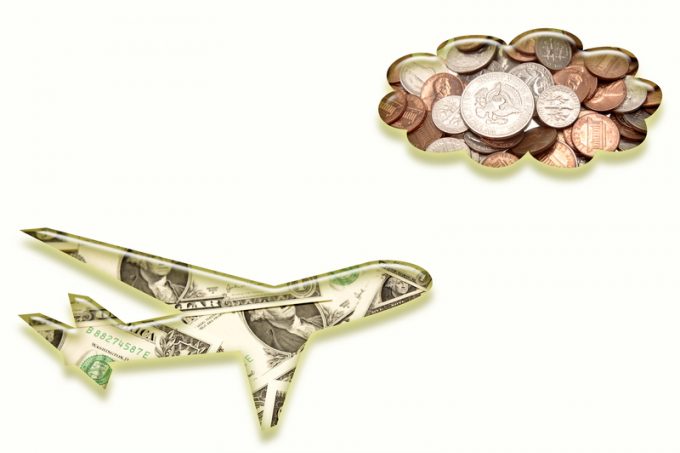Airfreight demand expected to weaken through Q2
Weak ecommerce demand has seen cancellations of airline block space agreements and charters, particularly to the ...

Air freight is getting more expensive – but all flights aren’t full, signalling that demand is not yet as strong as expected.
According to the latest figures from Clive Data Services, capacity in October was 17% higher than a year earlier, while the dynamic load factor was 3 percentage points down, at 68%, although it rose 2 percentage points from September.
Rates, however, were 37% higher than a year earlier, but Clive noted that there were “significant market performance deviations”.
“Flights ex-Asia Pacific-Europe ...
Outlook for container shipping 'more uncertain now than at the onset of Covid'
Shippers warned: don't under-value US exports to avoid tariffs – 'CBP will catch you'
Cancelled voyages take the sting out of spot rate declines this week
New Houthi warning to shipping as rebel group targets specific companies
Teamsters union vows UPS will be 'in for a hell of a fight' over jobs cull
K+N CEO unveils impact of US import tariffs on China-origin goods
Blanked sailings in response to falling demand 'just a stop-gap solution'
CMA CGM to reflag box ship as the French carrier eyes growing Indian market
More pressure on transpacific rates as carriers bet on a China-US trade deal
Boeing looks to resell up to 50 aircraft rejected by Chinese buyers
'Strong start' to 2025, despite market uncertainty, says Kuehne + Nagel
US Customs chaos means 'more downside risk than upside potential' for air cargo
Taiwan ministries act to mitigate effect of trade war on agriculture exports
Wan Hai joins box shipping 'arms race', but avoids Chinese yards for newbuilds
MOL signs up with Climeworks for direct air carbon capture and storage

Comment on this article